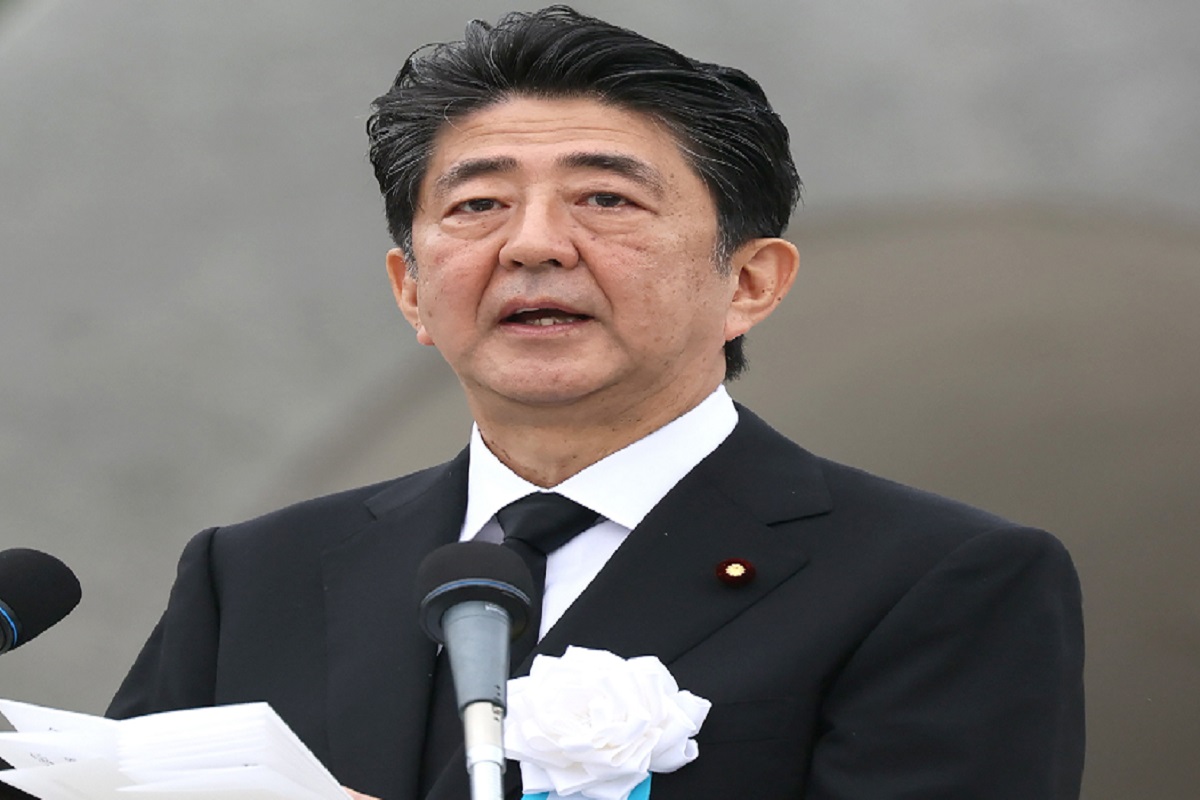Rain helps contain wildfire in Japan’s Iwate
Steady rainfall on Wednesday has helped contain the spread of a week-long wildfire in Ofunato City of Japan's Iwate Prefecture, local media reported.
He is the first prime minister – sitting or former – to be fatally assassinated in post-war Japan. The Straits Times looks at Japan’s history of political assassinations and attempts.

(Photo: AFP)
Former Japanese Prime Minister Shinzo Abe, 67, died on Friday (July 8) after he was shot at an election campaign rally in Nara in western Japan.
He is the first prime minister – sitting or former – to be fatally assassinated in post-war Japan. The Straits Times looks at Japan’s history of political assassinations and attempts.
Advertisement
Nov 4, 1921: Prime Minister Takashi Hara, known as Japan’s first “commoner” leader as he did not hail from the samurai class, died at the age of 65 after he was stabbed at Tokyo Station by a disillusioned railroad worker.
Advertisement
Nov 14, 1930: Prime Minister Osachi Hamaguchi, 61, was shot inside Tokyo Station by an ultra-nationalist who was enraged by the government’s conciliatory foreign policies. He died of his wounds nine months later.
May 15, 1932: In what is now known as the “May 15 Incident” in Japan, 11 young navy officers stormed the Prime Minister’s Office and fatally shot Prime Minister Tsuyoshi Inukai, 76, in an attempt to launch a coup d’etat.
July 14, 1960: Prime Minister Nobusuke Kishi – Mr Abe’s maternal grandfather – was stabbed six times in his left thigh and left bleeding profusely after he was attacked by a right-wing activist outside the Prime Minister’s Office. The then-64-year-old survived the attack. He died at the age of 90 in 1987.
Oct 12, 1960: Japan Socialist Party leader Inejiro Asanuma, 61, died after he was stabbed with a sword by a 17-year-old ultra-nationalist while he was speaking at a televised political debate in Hibiya in Tokyo.
June 16, 1975: Prime Minister Takeo Miki, who led from 1974 to 1976, was assaulted by a right-winger at the funeral of former prime minister Eisaku Sato. Mr Miki, then 68, was knocked to the ground after he was punched in the face twice.
Oct 21, 1990: Former labour minister Hyosuke Niwa, 79, died of his injuries 12 days after he was stabbed by a mental patient during a visit to a Ground Self-Defence Force garrison in Nagoya.
March 21, 1992: Liberal Democratic Party (LDP) vice-president Shin Kanemaru, who was deputy prime minister from 1986 to 1987, was shot at while he was delivering a speech in Tochigi prefecture. The bullets hit the lectern but did not injure Mr Kanemaru, who died of a stroke four years later at the age of 81.
May 30, 1994: Mr Morihiro Hosokawa was shot at just a month after stepping down as prime minister. A right-wing extremist, incensed by his apologies over Japan’s actions during the war, fired a shot metres away from Mr Hosokawa at the lobby of a Shinjuku hotel. The bullet hit the ceiling and Mr Hosokawa, now 84, was uninjured.
October 25, 2002: Lower House lawmaker Koki Ishii, a 61-year-old opposition backbencher, was stabbed to death in front of his home in Tokyo by a right-wing extremist.
April 17, 2007: Nagasaki City Mayor Iccho Itoh, 61, died hours after he was shot twice in the back at point blank range by a yakuza gang member as he campaigned for a fourth term as mayor.
Advertisement